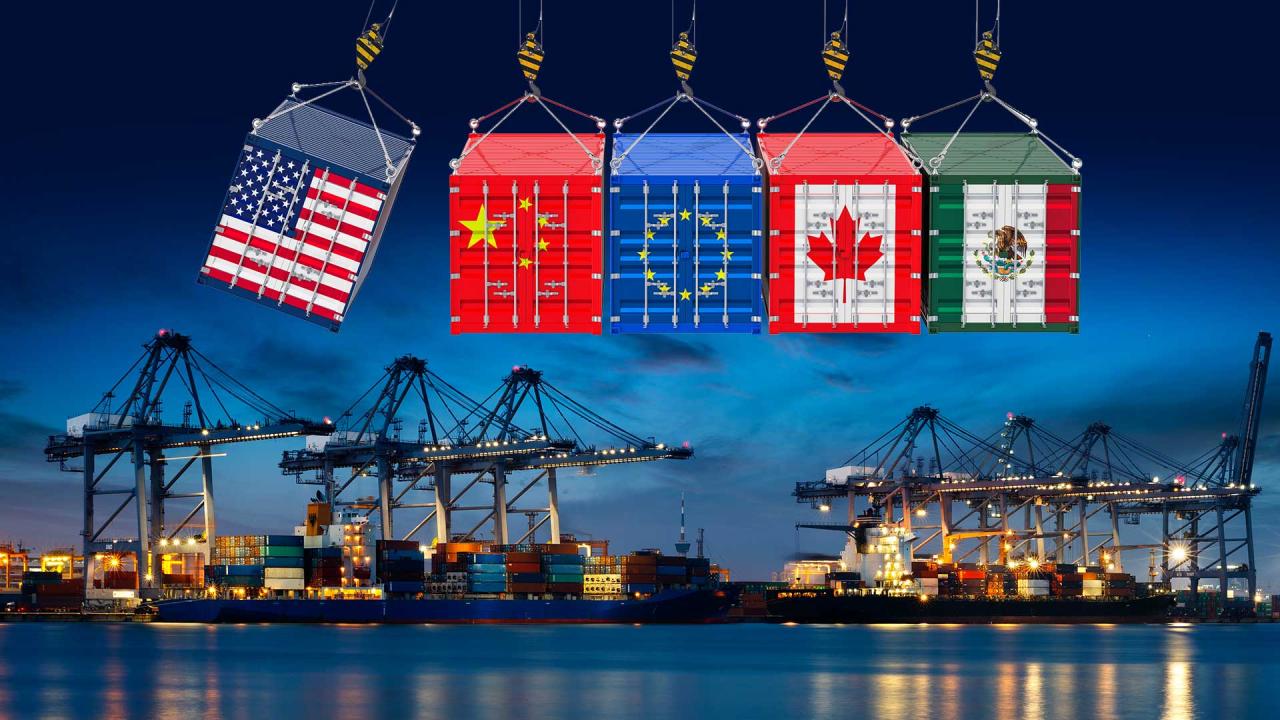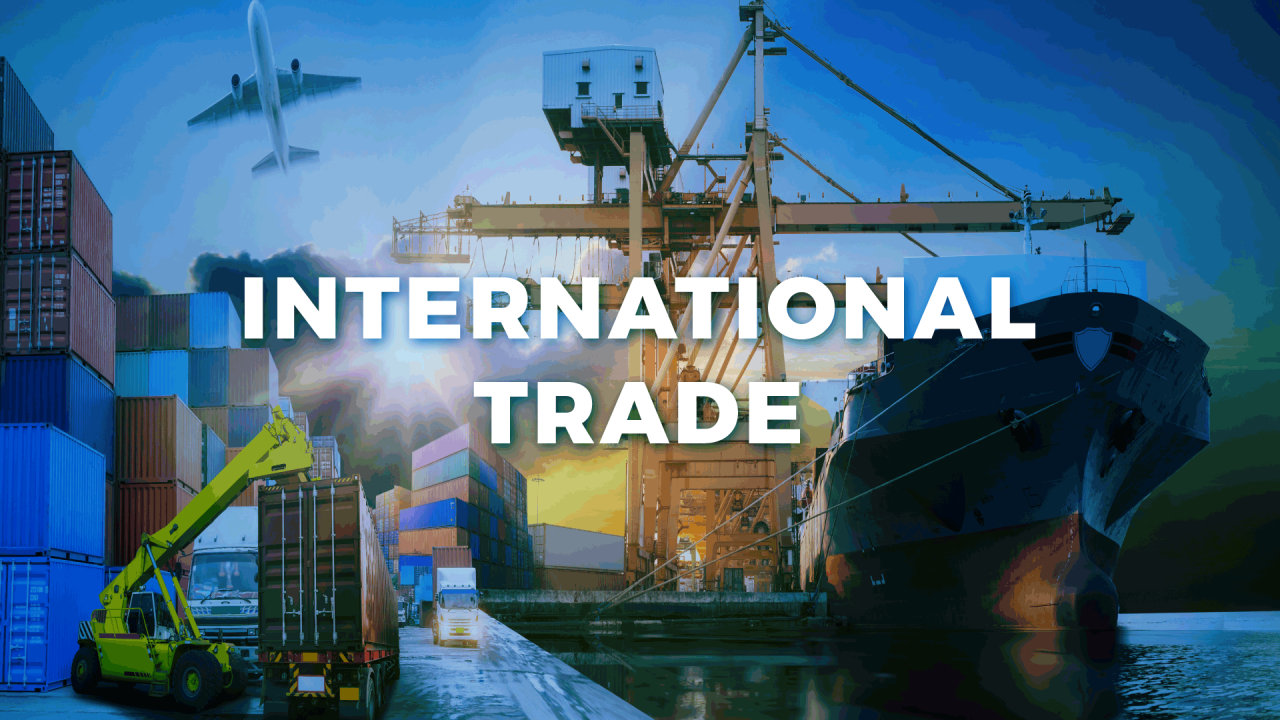Emerging Technologies in Business
Business News in Technology Sector – The business landscape is constantly evolving, driven by the rapid advancement of technology. From artificial intelligence (AI) and machine learning (ML) to cloud computing and blockchain, emerging technologies are transforming the way businesses operate and compete. Embracing these technologies can provide numerous benefits, but also poses challenges that businesses must carefully consider.
One of the most significant impacts of emerging technologies is the automation of tasks. AI and ML algorithms can perform repetitive and time-consuming tasks with greater accuracy and efficiency than humans, freeing up employees to focus on more strategic and creative endeavors.
This can lead to increased productivity, reduced operating costs, and improved customer service.
Cloud Computing, Business News in Technology Sector
Cloud computing has become increasingly popular as businesses seek to reduce IT infrastructure costs and increase flexibility. By leveraging cloud-based services, businesses can access computing power, storage, and software applications on demand, without the need for expensive on-premises hardware and maintenance.
This scalability and cost-effectiveness make cloud computing an attractive option for businesses of all sizes.
Blockchain Technology
Blockchain technology, the underlying technology behind cryptocurrencies like Bitcoin, has gained attention for its potential to revolutionize supply chain management, financial transactions, and other industries. By providing a secure and transparent distributed ledger, blockchain can improve efficiency, reduce costs, and enhance trust among parties.
However, adopting emerging technologies also comes with challenges. Businesses must carefully evaluate the costs, risks, and potential return on investment before implementing new technologies. There is also a need for skilled professionals who can develop, deploy, and maintain these technologies effectively.
Despite these challenges, the potential benefits of emerging technologies are undeniable. By embracing innovation and leveraging these technologies strategically, businesses can gain a competitive advantage, improve operational efficiency, and enhance customer experiences.
Examples of businesses that have successfully leveraged emerging technologies include Amazon, Google, and Netflix. Amazon’s use of AI and ML has revolutionized e-commerce, while Google’s cloud computing platform has enabled businesses to scale their operations globally. Netflix’s adoption of streaming technology has transformed the entertainment industry.
Cybersecurity Threats and Mitigation: Business News In Technology Sector

The technology sector is a major target for cyberattacks due to the vast amount of sensitive data it handles. Businesses in this sector must be aware of the major cybersecurity threats they face and implement robust measures to mitigate these risks.
Cybersecurity measures are essential for protecting businesses from data breaches, financial losses, and reputational damage. By implementing best practices such as strong passwords, multi-factor authentication, and regular software updates, businesses can significantly reduce their risk of being compromised.
Identifying Cybersecurity Threats
- Phishing attacks:Phishing emails attempt to trick recipients into revealing sensitive information such as passwords or credit card numbers.
- Malware:Malware is malicious software that can infect computers and steal data or damage systems.
- Ransomware:Ransomware encrypts files and demands a ransom payment to decrypt them.
- Insider threats:Insider threats come from employees or contractors who have access to sensitive data and misuse it.
- Cloud security risks:Cloud computing can introduce new security risks, such as data breaches and unauthorized access.
Enhancing Cybersecurity Posture
- Implement a comprehensive cybersecurity policy:This policy should Artikel the company’s cybersecurity goals, objectives, and procedures.
- Conduct regular security audits:Security audits help identify vulnerabilities and weaknesses in a company’s cybersecurity posture.
- Train employees on cybersecurity best practices:Employees are a key line of defense against cyberattacks, so it is important to train them on how to recognize and avoid threats.
- Use strong passwords and multi-factor authentication:Strong passwords and multi-factor authentication make it more difficult for attackers to access sensitive data.
- Keep software up to date:Software updates often include security patches that fix vulnerabilities that could be exploited by attackers.
Data Analytics and Business Intelligence
Data analytics has become increasingly crucial in the modern business landscape, empowering organizations to make informed decisions driven by data. By analyzing vast amounts of data, businesses can gain valuable insights into customer behavior, market trends, and operational efficiency. This data-driven approach enables companies to identify opportunities, optimize processes, and gain a competitive advantage.
Benefits of Data Visualization Tools
Data visualization tools play a vital role in data analysis, presenting complex data in visually appealing and easy-to-understand formats. These tools allow users to explore data interactively, identify patterns, and draw meaningful conclusions. By leveraging data visualization techniques, businesses can effectively communicate insights to stakeholders, fostering data-driven decision-making throughout the organization.
Examples of Data Analytics in Business
Numerous businesses have successfully utilized data analytics to enhance their operations. For instance, Amazon employs data analytics to personalize product recommendations and optimize supply chain management, leading to increased customer satisfaction and operational efficiency. Similarly, Netflix leverages data analytics to analyze viewer preferences and create personalized content, resulting in higher engagement and subscriber retention.
These examples demonstrate the transformative power of data analytics in driving business success.
Artificial Intelligence and Machine Learning
Artificial intelligence (AI) and machine learning (ML) are rapidly transforming the technology sector. AI refers to the ability of machines to perform tasks that typically require human intelligence, such as learning, problem-solving, and decision-making. ML is a subset of AI that allows machines to learn from data without explicit programming.
Applications of AI and ML in the Technology Sector
AI and ML are being used in a wide range of applications in the technology sector, including:
- Natural language processing (NLP): AI-powered NLP systems can understand and generate human language, enabling applications such as chatbots, machine translation, and text summarization.
- Computer vision: AI-powered computer vision systems can analyze and interpret images and videos, enabling applications such as object recognition, facial recognition, and medical image analysis.
- Predictive analytics: AI-powered predictive analytics systems can analyze data to identify patterns and make predictions, enabling applications such as fraud detection, customer churn prediction, and risk assessment.
- Recommendation engines: AI-powered recommendation engines can personalize user experiences by recommending products, services, or content that is tailored to their interests.
- Virtual assistants: AI-powered virtual assistants can perform tasks and provide information to users, enabling applications such as customer service, scheduling, and navigation.
Examples of Businesses Using AI and ML
Many businesses are using AI and ML to improve efficiency and productivity. For example:
- Amazonuses AI to power its recommendation engine, which personalizes product recommendations for customers.
- Googleuses AI to power its search engine, which provides users with relevant and accurate results.
- IBMuses AI to power its Watson platform, which provides businesses with cognitive computing capabilities.
- Microsoftuses AI to power its Azure cloud platform, which provides businesses with a range of AI services.
- Teslauses AI to power its self-driving cars, which are capable of navigating roads and avoiding obstacles.
Cloud Computing and Infrastructure

Cloud computing is a revolutionary technology that has transformed the way businesses operate. It offers numerous benefits, including cost savings, scalability, flexibility, and enhanced collaboration. By leveraging cloud computing services, businesses can access a vast pool of computing resources on demand, without the need for significant upfront investments in hardware and infrastructure.
Types of Cloud Computing Services
Cloud computing services are broadly categorized into three main types:
- Infrastructure as a Service (IaaS):Provides access to fundamental computing resources such as servers, storage, and networking, allowing businesses to build and deploy their own applications.
- Platform as a Service (PaaS):Offers a complete development and deployment platform, including operating systems, programming languages, and databases, enabling developers to build and deploy applications quickly and efficiently.
- Software as a Service (SaaS):Provides ready-to-use software applications that can be accessed over the internet, eliminating the need for businesses to install and maintain software on their own systems.
Choosing the Right Cloud Computing Provider
Selecting the right cloud computing provider is crucial for businesses to maximize the benefits of cloud computing. Here are some key considerations:
- Reliability and Security:Ensure that the provider has a proven track record of reliability and robust security measures in place to protect data and applications.
- Scalability and Performance:Choose a provider that can meet your current and future computing needs, offering scalability and performance to support your business growth.
- Cost and Pricing:Compare pricing models and consider the total cost of ownership, including factors such as usage fees, support costs, and data transfer charges.
- Support and Expertise:Look for a provider that offers comprehensive support and technical expertise to assist you in implementing and managing your cloud infrastructure.
By carefully considering these factors, businesses can select the optimal cloud computing provider that aligns with their specific requirements and goals.
Global Technology Market
The global technology market is a vast and ever-expanding sector that encompasses a wide range of products and services. It includes hardware, software, telecommunications, and emerging technologies such as artificial intelligence and cloud computing. The market is driven by a number of factors, including the increasing adoption of digital technologies by businesses and consumers, the growth of the internet of things (IoT), and the rise of new technologies such as 5G and blockchain.
Key Growth Drivers
The key growth drivers of the global technology market include:
- Increasing adoption of digital technologies by businesses and consumers:Businesses are increasingly adopting digital technologies to improve their efficiency and productivity. Consumers are also increasingly using digital technologies to stay connected, access information, and purchase goods and services.
- Growth of the internet of things (IoT):The IoT is a network of physical devices that are connected to the internet. These devices can collect and share data, which can be used to improve efficiency, productivity, and safety.
- Rise of new technologies such as 5G and blockchain:5G is a new wireless technology that offers faster speeds and lower latency than previous generations of wireless technology. Blockchain is a distributed ledger technology that can be used to create secure and transparent systems.
Competitive Landscape
The global technology market is highly competitive. The major players in the market include Apple, Google, Microsoft, Amazon, and IBM. These companies are constantly innovating and developing new products and services to stay ahead of the competition.


